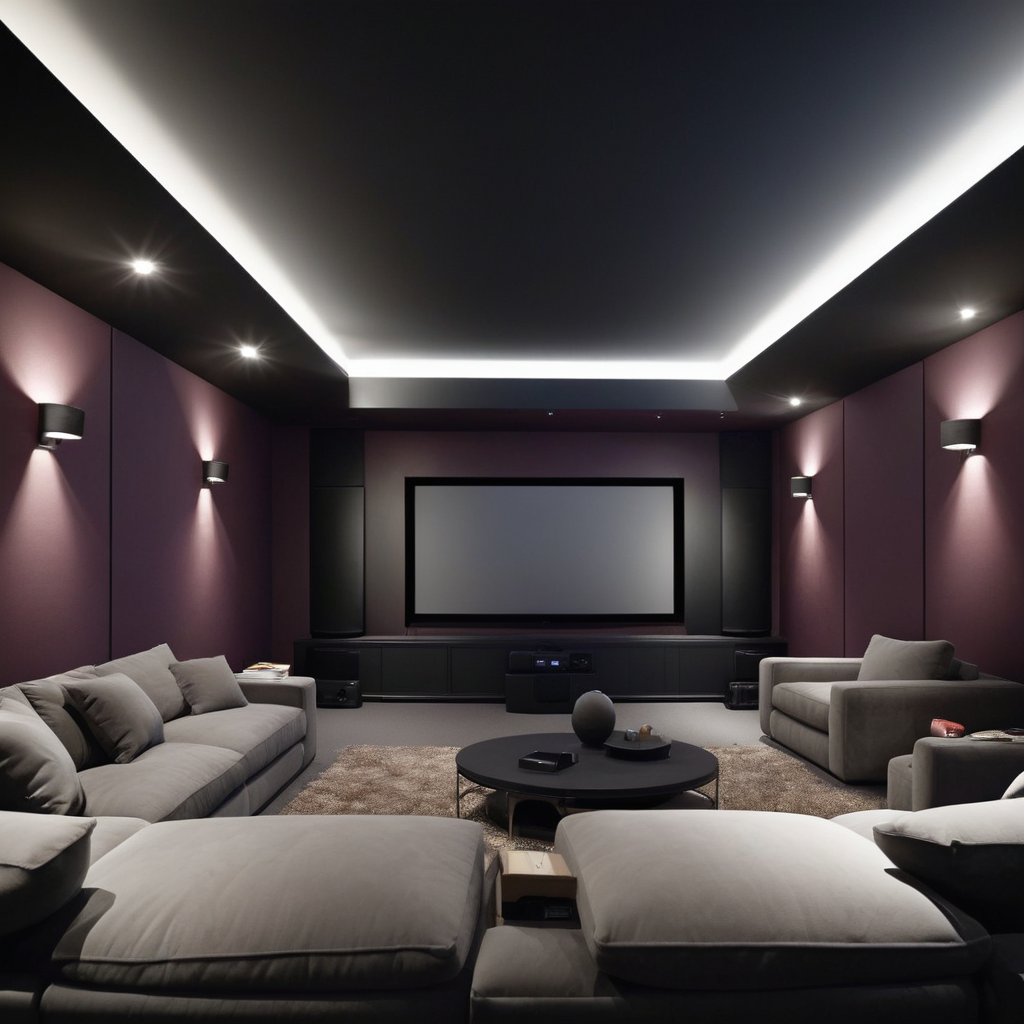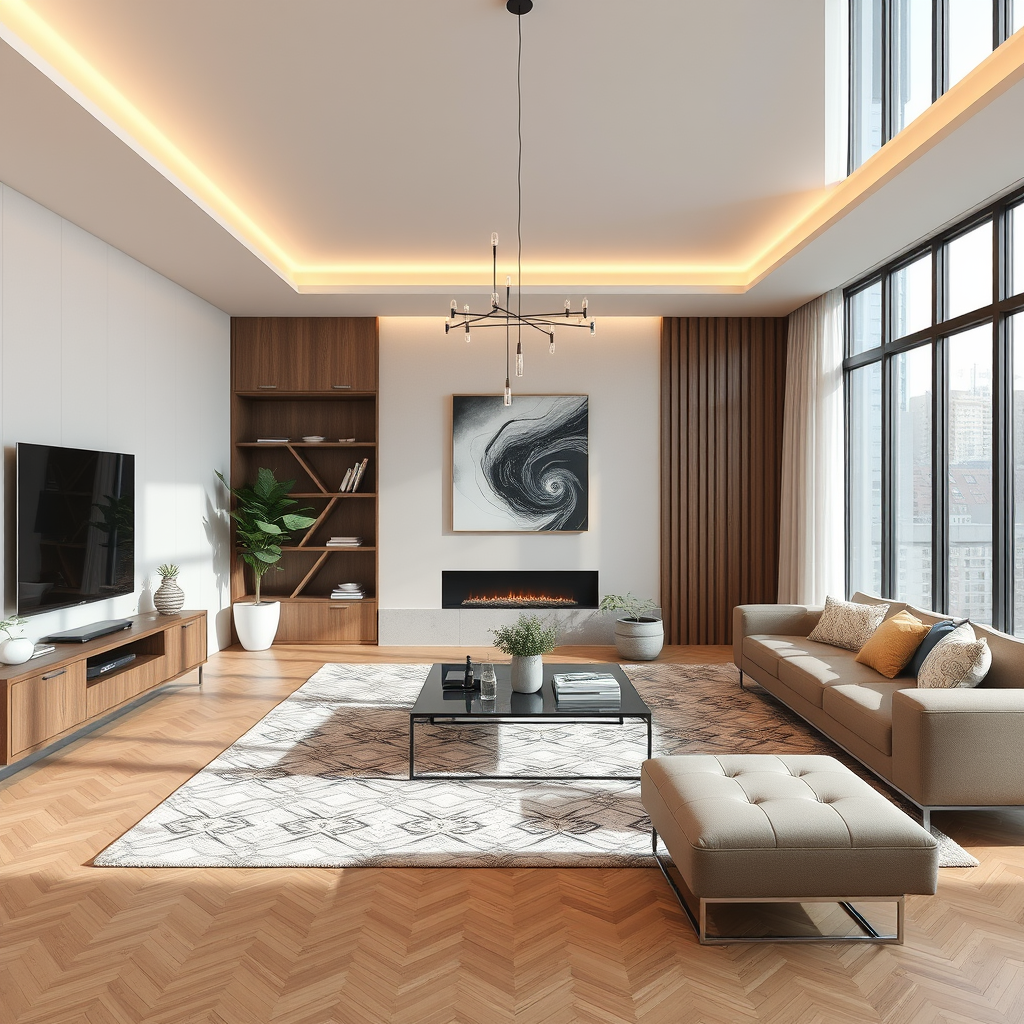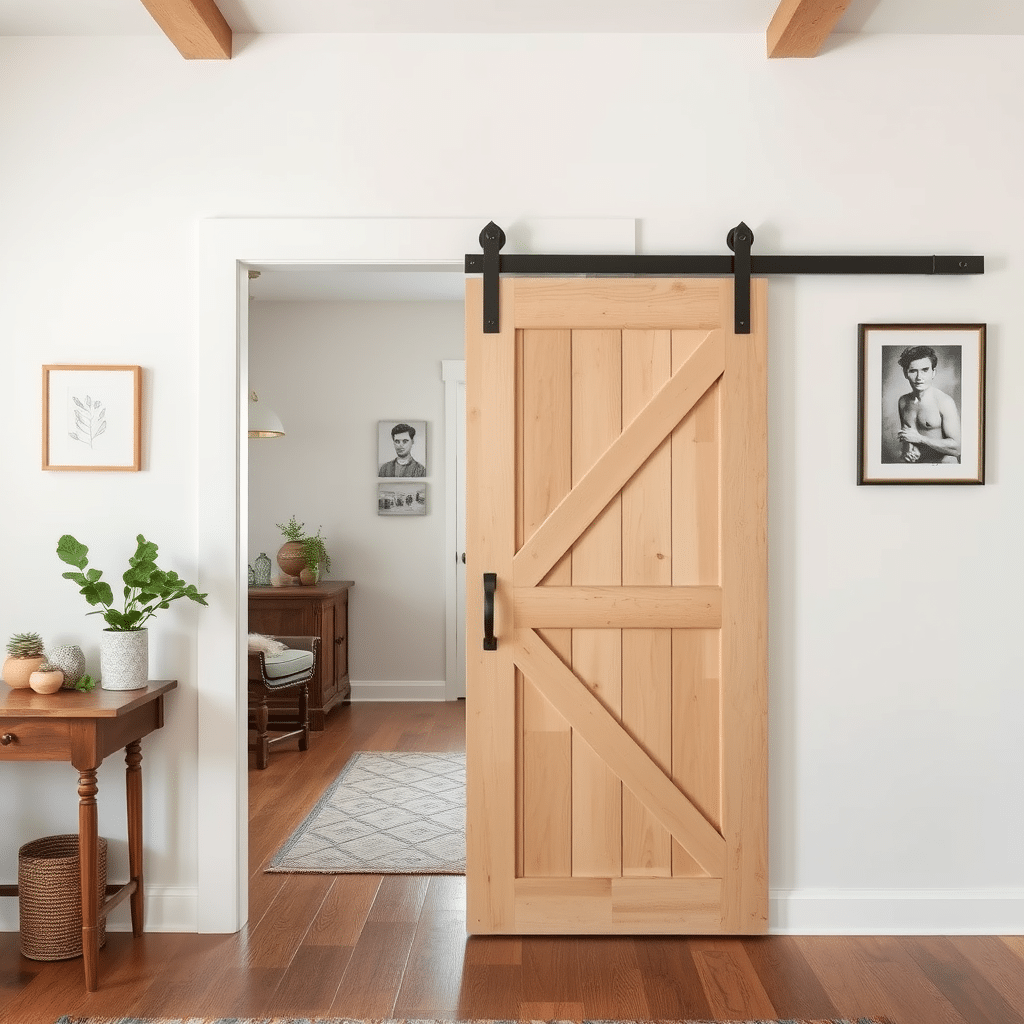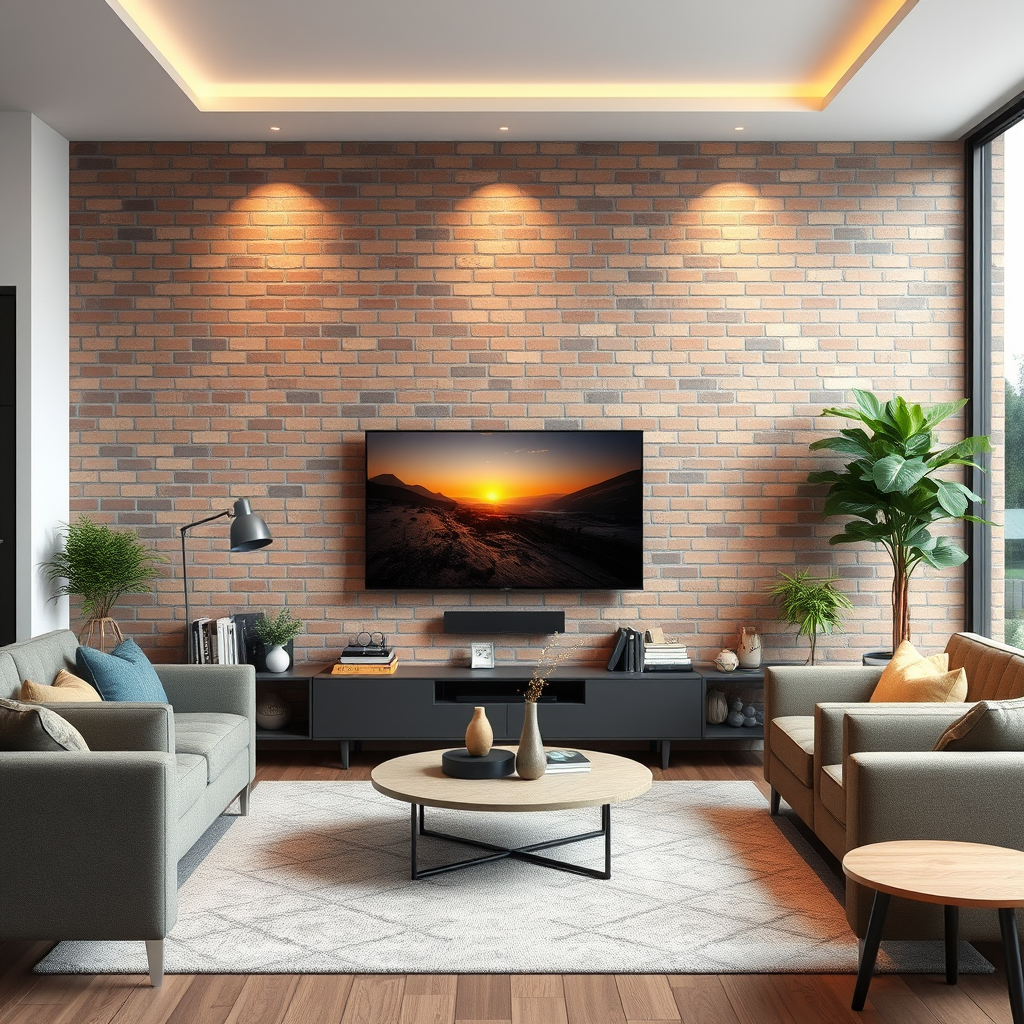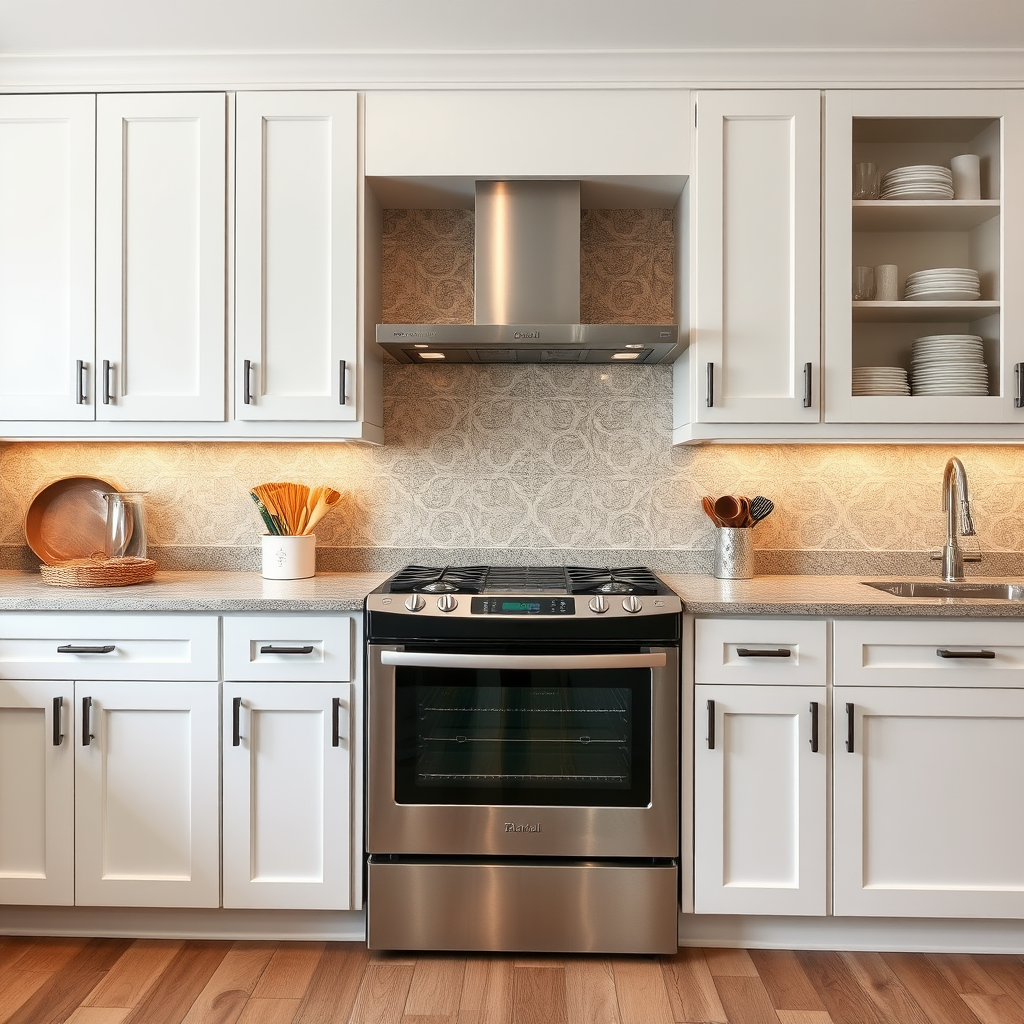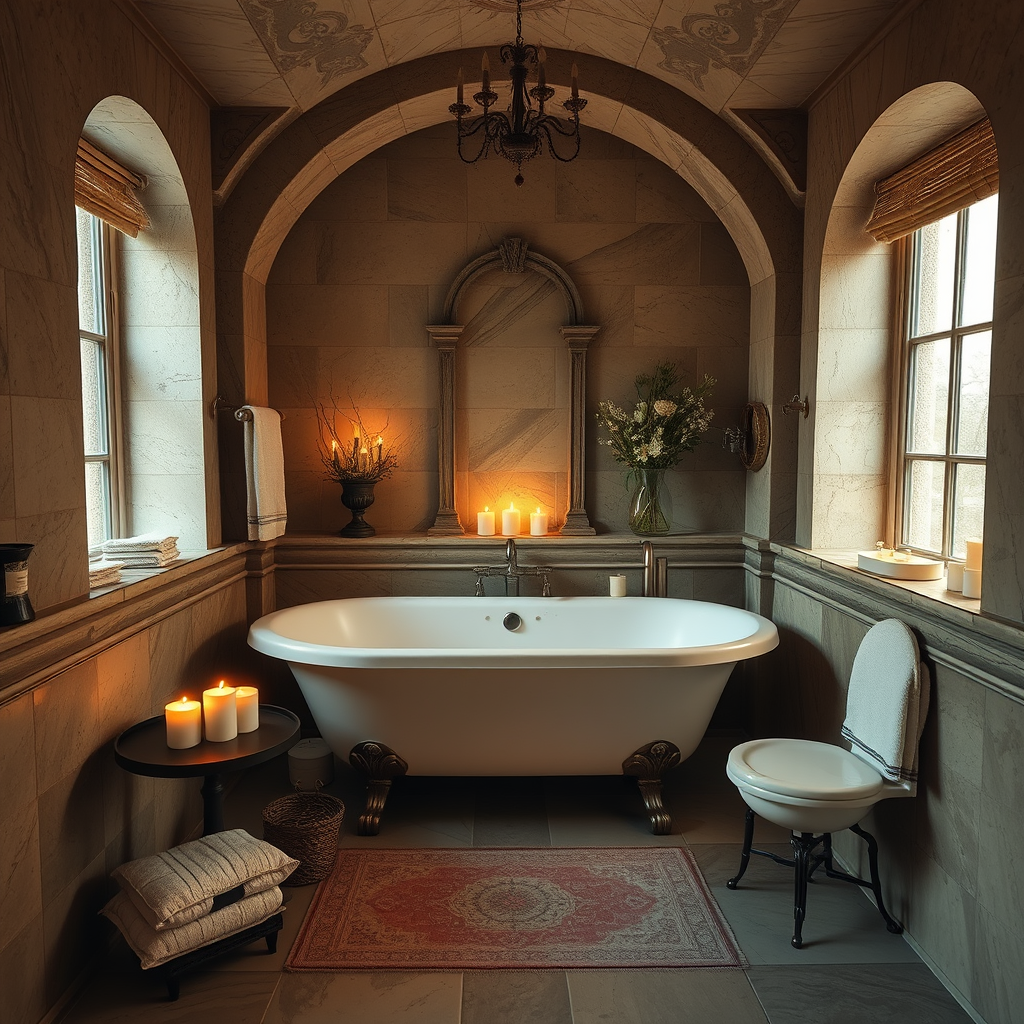In today’s world, where streaming services and high-definition content dominate our entertainment options, having a home theater has become more than just a luxury—it’s a necessity for many. Designing a home theater is not just about throwing in a big screen and some speakers; it’s about creating an immersive experience that rivals the best cinema experiences. Whether you’re a movie buff, a gaming enthusiast, or simply enjoy binge-watching your favorite shows, here’s how to design the ultimate home theater.
1. **Choosing the Right Room:**
The first step in designing a home theater is selecting the right space. Ideally, you want a room that is isolated from the rest of the house to minimize outside noise and distractions. Basements, spare bedrooms, or rooms above garages are often popular choices. Consider the size and shape of the room as well, as this will impact acoustics and seating arrangements.
2. **Acoustic Considerations:**
Proper acoustic treatment is crucial for a high-quality home theater experience. This includes soundproofing to prevent sound from leaking out of the room and to minimize external noise. Additionally, acoustic panels can help absorb sound reflections within the room, resulting in clearer audio and improved immersion.
3. **Audio and Visual Equipment:**
Invest in high-quality audio and visual equipment to create an immersive viewing experience. This includes a large-screen TV or projector with a high resolution and good contrast ratio. For audio, consider a surround sound system with speakers strategically placed around the room to create a sense of depth and realism.
4. **Seating Arrangements:**
Comfortable seating is essential for long movie nights or gaming sessions. Opt for plush, reclining seats with adequate cushioning and support. Consider the viewing distance from the screen when arranging seats to ensure optimal viewing angles for everyone in the room.
5. **Lighting and Ambiance:**
Lighting plays a crucial role in setting the mood in your home theater. Install dimmable lights or smart lighting systems that can be adjusted to create the perfect ambiance for different types of viewing experiences. Consider adding LED accent lighting behind the screen or along the floor for a touch of elegance.
6. **Decor and Aesthetics:**
Pay attention to the decor and aesthetics of your home theater to create a visually appealing space. Choose a theme or color scheme that reflects your personal style, whether it’s sleek and modern or classic and cozy. Add movie posters, wall art, or memorabilia to enhance the cinematic atmosphere.
7. **Technology Integration:**
Integrate smart home technology into your home theater for added convenience and control. This includes voice-activated assistants, smart remotes, and home automation systems that allow you to control lighting, temperature, and audio/video equipment with ease.
8. **Finishing Touches:**
Finally, don’t forget the finishing touches that can elevate your home theater to the next level. Invest in high-quality cables and connectors to ensure optimal audio and video transmission. Consider adding amenities such as a mini-fridge for snacks and drinks, or a popcorn machine for that authentic cinema experience.
Designing a home theater is a rewarding project that can transform your home entertainment experience. By paying attention to the details and investing in quality equipment, you can create a space where you can escape into your favorite movies, games, and shows whenever you please. So dim the lights, grab some popcorn, and get ready for an unforgettable cinematic journey right in the comfort of your own home.

